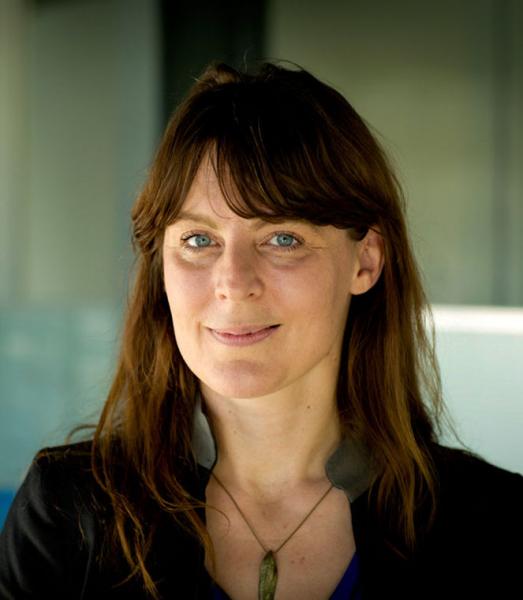Astronomy Colloquium Series Presents
Dr. Lisa Kaltenegger, Director of the Carl Sagan Institute and Associate Professor in Astronomy, Cornell University
“A Critical View on How to Characterize Habitable Worlds and Signs of Life”
The detection of exoplanets orbiting other stars has revolutionized our view of the cosmos. First results suggest that it is teeming with a fascinating diversity of rocky planets, including those in the habitable zone. Even our closest star, Proxima Centauri, harbors a small planet in its habitable zone, Proxima b. With the next generation of telescopes, we will be able to peer into the atmospheres of rocky planets and get a glimpse into other worlds.
Using our own planet and its wide range of biota as a Rosetta stone, I will discuss the possibilities and challenges to explore how we could detect habitability and signs of life on exoplanets over interstellar distances.
Current telescopes are not yet powerful enough to characterize habitable exoplanets, but the next generation of telescopes that is already being built will have the capabilities to characterize close-by habitable worlds. The discussion on what makes a planet a habitat and how to detect signs of life is lively. This talk will show the latest results, the challenges of how to identify and characterize such habitable worlds, and how near-future telescopes will revolutionize the field. For the first time in human history, we have developed the technology to detect potential habitable worlds. Finding thousands of exoplanets has taken the field of comparative planetology beyond the Solar System.
Please note: Should you require any reasonable accommodations to ensure equal access and opportunity related to this event please contact Stacy Tiburzi at 734-764-3440 or stibu@umich.edu.
The detection of exoplanets orbiting other stars has revolutionized our view of the cosmos. First results suggest that it is teeming with a fascinating diversity of rocky planets, including those in the habitable zone. Even our closest star, Proxima Centauri, harbors a small planet in its habitable zone, Proxima b. With the next generation of telescopes, we will be able to peer into the atmospheres of rocky planets and get a glimpse into other worlds.
Using our own planet and its wide range of biota as a Rosetta stone, I will discuss the possibilities and challenges to explore how we could detect habitability and signs of life on exoplanets over interstellar distances.
Current telescopes are not yet powerful enough to characterize habitable exoplanets, but the next generation of telescopes that is already being built will have the capabilities to characterize close-by habitable worlds. The discussion on what makes a planet a habitat and how to detect signs of life is lively. This talk will show the latest results, the challenges of how to identify and characterize such habitable worlds, and how near-future telescopes will revolutionize the field. For the first time in human history, we have developed the technology to detect potential habitable worlds. Finding thousands of exoplanets has taken the field of comparative planetology beyond the Solar System.
Please note: Should you require any reasonable accommodations to ensure equal access and opportunity related to this event please contact Stacy Tiburzi at 734-764-3440 or stibu@umich.edu.
| Building: | West Hall |
|---|---|
| Website: | |
| Event Type: | Lecture / Discussion |
| Tags: | Astronomy, Climate and Space Sciences and Engineering, Lecture, Physics |
| Source: | Happening @ Michigan from Department of Astronomy, Department of Physics, Michigan Institute for Research in Astrophysics |


